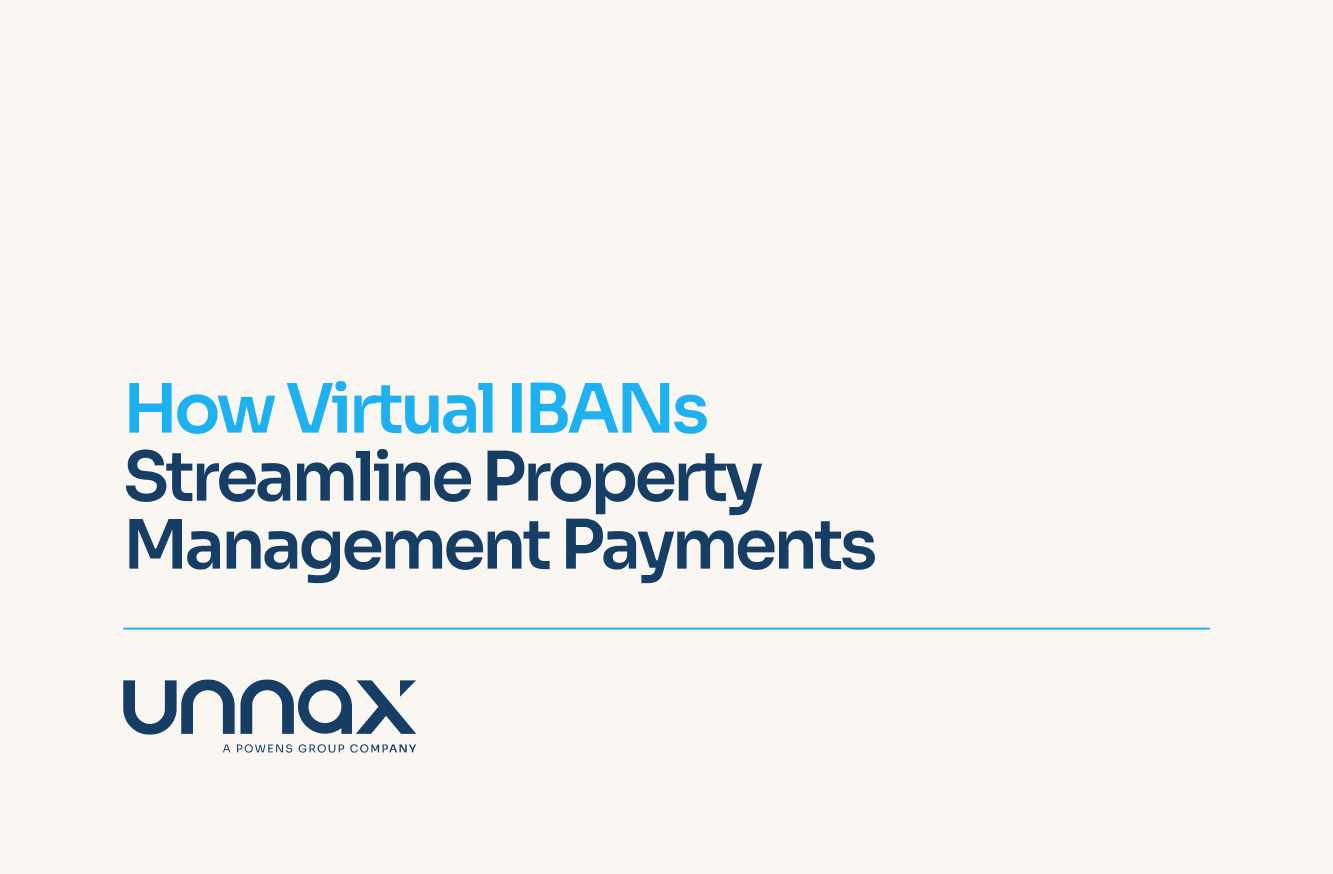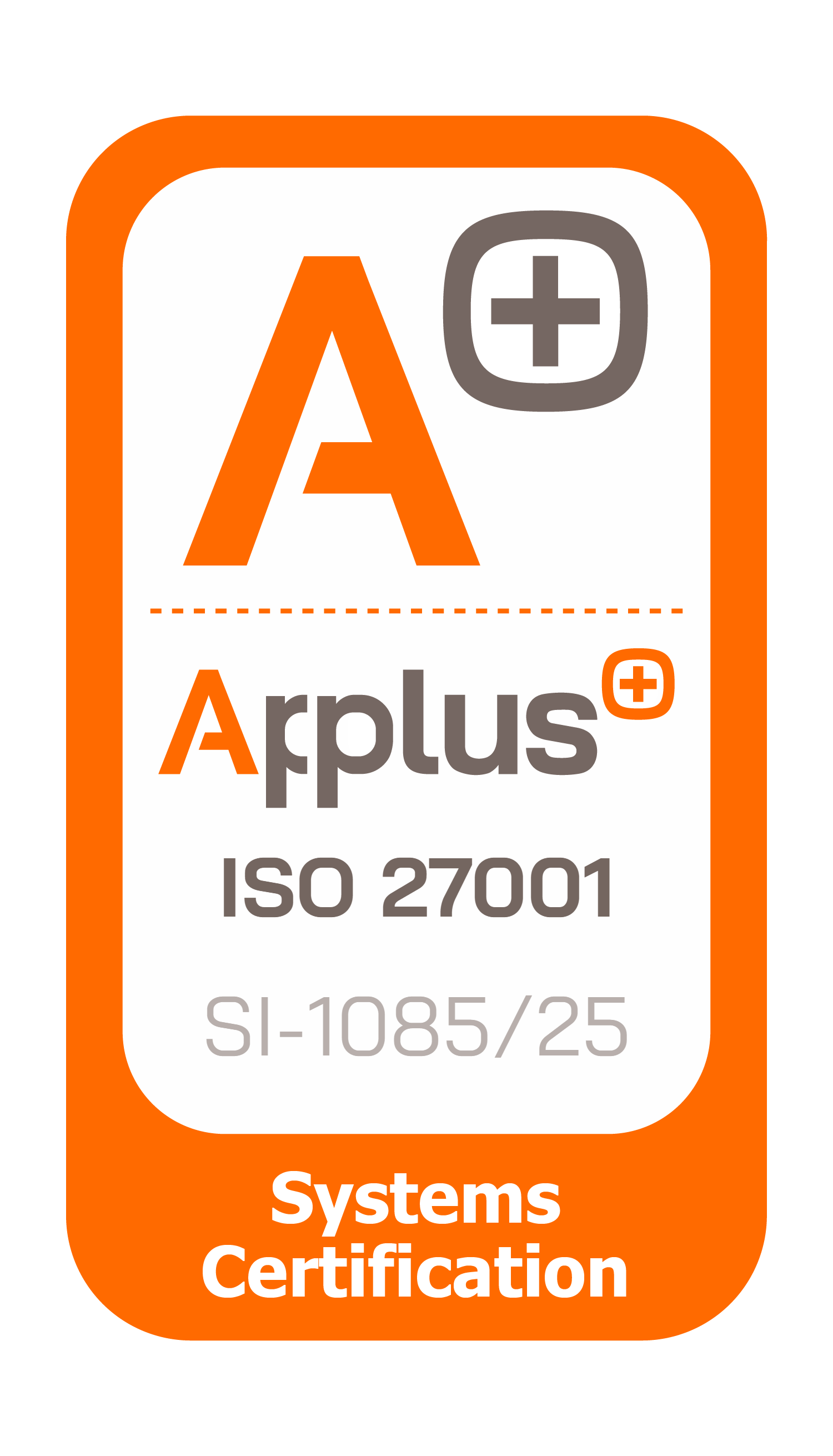The term PropTech emerged very recently, and it has only become popular in entrepreneurial circles over the last couple of years.
As expected with such a young concept, there’s bound to still be some ambiguity surrounding it: what does it mean? what is (and isn’t) PropTech? To what extent is it just a buzzword or marketing speak?
Plenty of questions to answer.
In this article, we’re going to focus on a few of them so you can understand what PropTech is and whether it represents an opportunity for your company. Let’s get to it.
1) PropTech, RETech, CRETech… Are all of them the same?
If you’ve googled “PropTech” you may have also encountered sites that talk about RETech and CRETech – what do those mean?
The term PropTech comes from the UK, and is the contraction of the words Property and Technology.
Although it is now gaining popularity in the US, the preferred term there is RETech, which is the contraction of Real Estate and Technology, or CRETech, which refers specifically to Commercial Real Estate and Technology.
Are they all exactly the same? Generally speaking, yes, but there is some nuance.
The American terms are more specific in their meaning, whereas the European form is more all-encompassing. That said, unless you want to be specific in referring to commercial real estate but not residential, you can use them interchangeably.
2) How has the PropTech sector evolved?
There are various generations of property technology. Dating back to before the digital revolution, real estate companies developed software solutions to manage their portfolios more effectively. These were the first digital property technologies.
Fast forward to the early 2000’s, and online real estate platforms start to emerge where people can search for homes for rent or for purchase. These are still around today, and the bulk of all property searches take place here.
However, the real wave of innovation begins a few years later, with the development of cloud computing, APIs, and people becoming more connected via mobile devices, which are now ubiquitous. These technologies, coupled with Big Data, Virtual Reality, 3D printing, the Internet of Things, and a host of others, have changed how people interact with the real estate market, birthing new services and products that satisfy ever-evolving needs.
Two important areas of innovation have been de-intermediation of services with technology, cutting out the middle-man in a sector that is known for being very old-fashioned and full of middle people, and building intelligence, leveraged through Internet of Things-enabled sensors and and Big Data, which promises to make buildings more energy efficient, more environmentally friendly, and more comfortable for residents.
3) How big is the PropTech sector?
It’s difficult to calibrate because the term PropTech is somewhat ambiguous, but there are some figures available.
According to a market analysis conducted at the University of Oxford, the number of PropTech companies active globally is around 2,000. However this figure is constantly growing so don’t take it as an exact number.
In terms of investment, PropTech companies raised $5.6 billion dollars in funding between 2012 and 2016. Almost two years have elapsed since the close of that period, so that figure will have grown substantially by now.
In Spain (where Unnax is located), local Real Estate Consultancy Savills Aguirre Newman composes a domestic PropTech map which tracks the local entrepreneurial ecosystem. It currently lists 225 PropTech companies operating in Spain.
4) How does technology add value to the real estate sector?
There are dozens of technologies that have transformative potential in the real estate sector.
Big Data has broad applications in real estate because the industry already generates tons of data that is currently not being analysed, while new sources are coming online all the time with IoT-enabled devices.
An example of this is using housing market data and owner-supplied descriptions of their homes to make valuations of a property remotely using data analysis, without having to actually visit it.
Another hot technology is virtual reality, which is already being used by some companies to show homes to would-be buyers without them having to visit them physically. Real estate developers are also using this technology to show off houses that haven’t been built yet, so people will be willing to commit to a purchase before ground has been broken.
There are also more “mundane” technologies, some of which have even greater transformative potential.
Imagine you could get a mortgage completely online, without having to visit a bank at all. With certain Open Banking technologies which provide better access and greater insights into a person’s finances, it’s possible to obtain an extremely detailed financial profile of a person automatically, with no human input.
With this level of risk analysis, a bank can make its decision without ever having to interact with someone in person.
5) So, traditional real estate agencies, as well as classic mortgages, have their days numbered?
Not necessarily. There is, and will continue to be, model coexistence.
What seems inevitable is that they “contaminate” each other, in the positive sense of the word.
Companies of different sizes and orientations will choose different technological possibilities and business approaches. In any case, new opportunities open up for every agent in the real estate industry.










